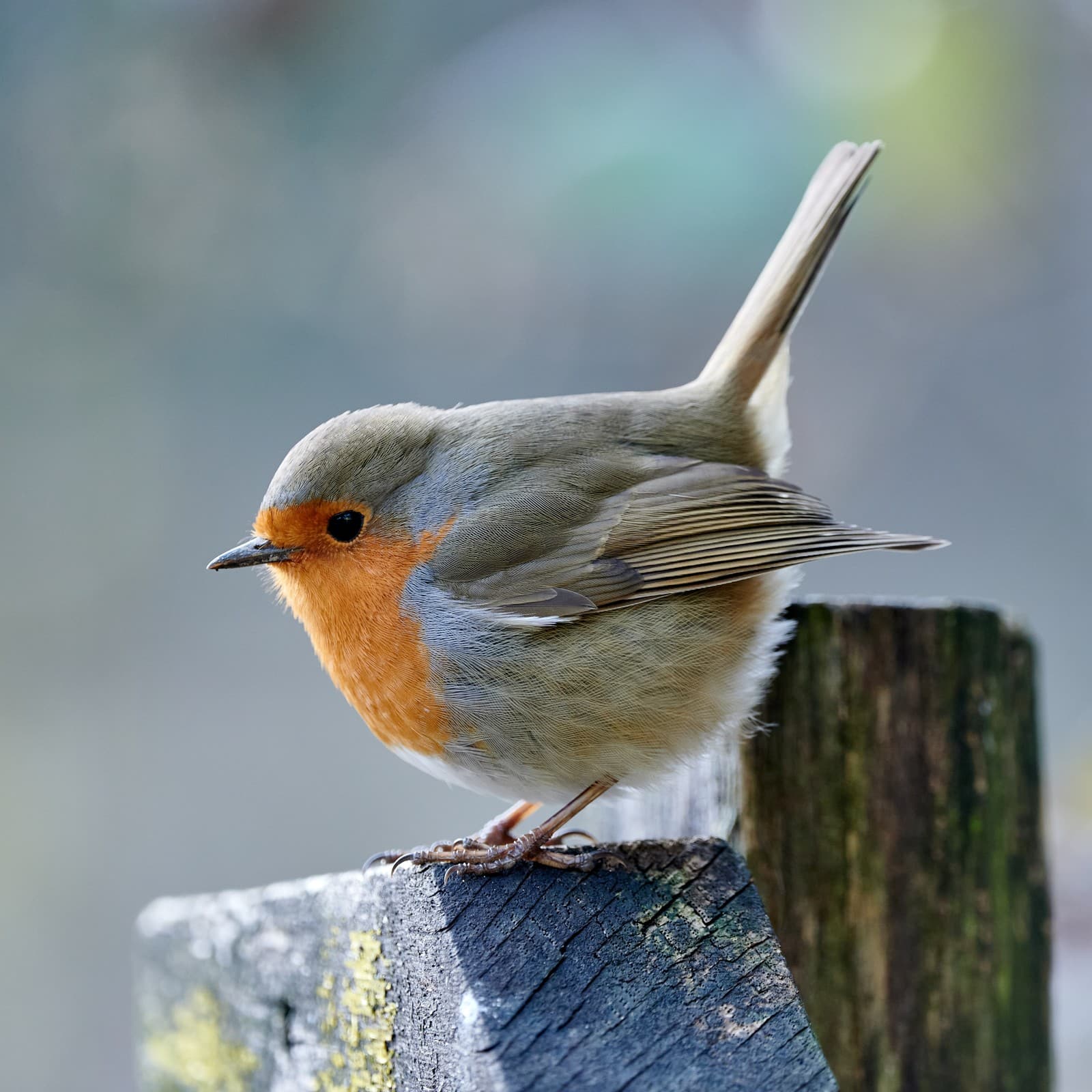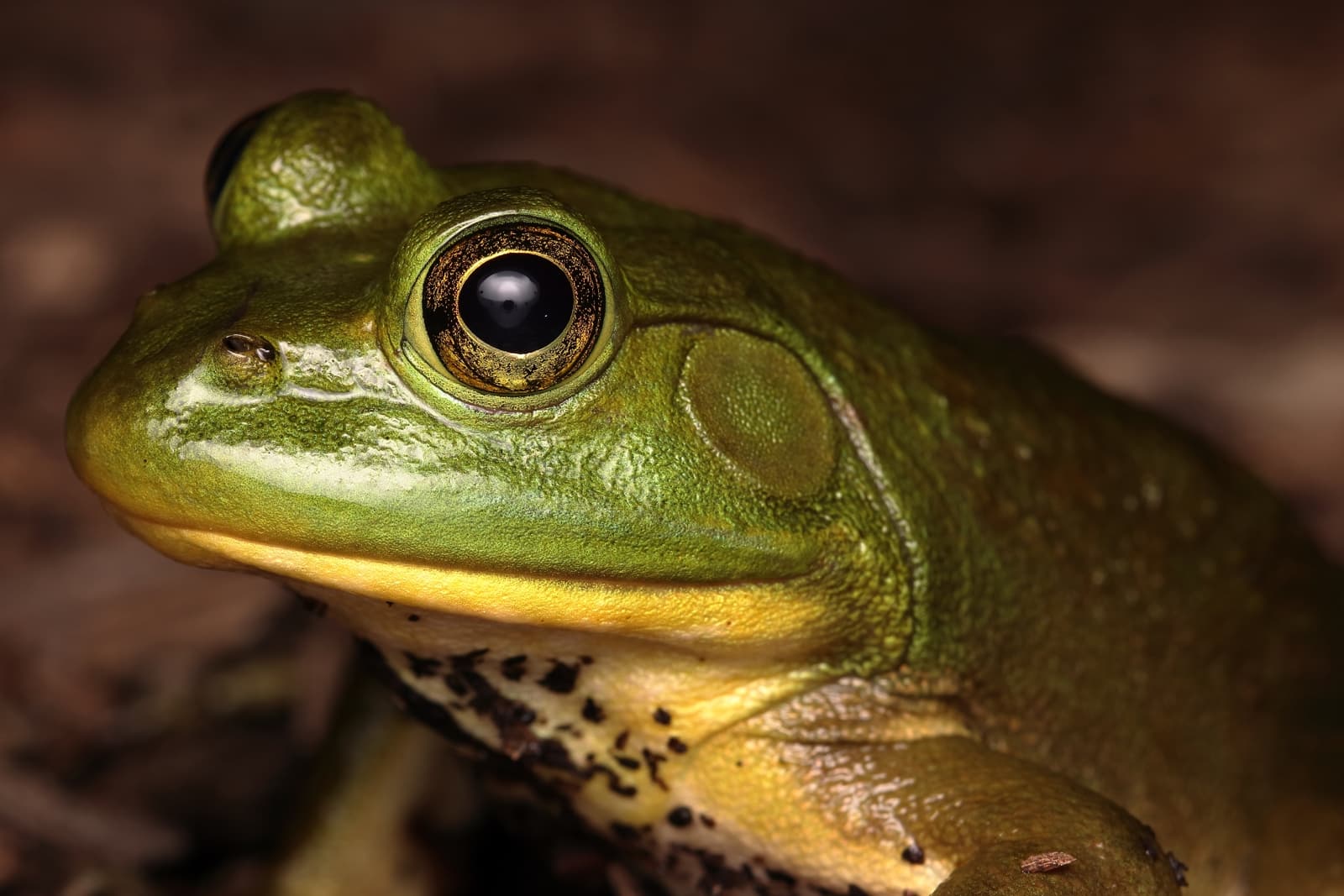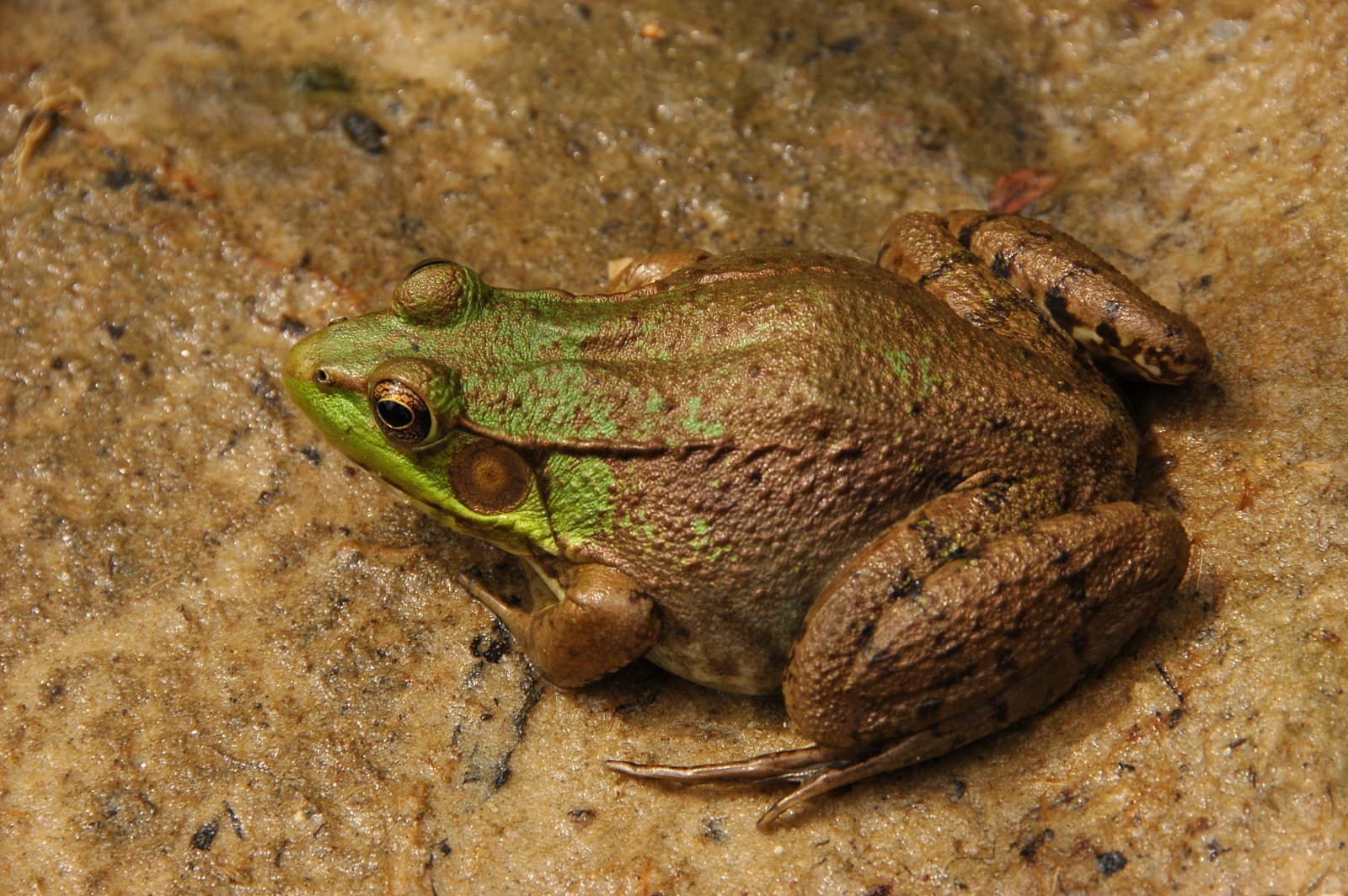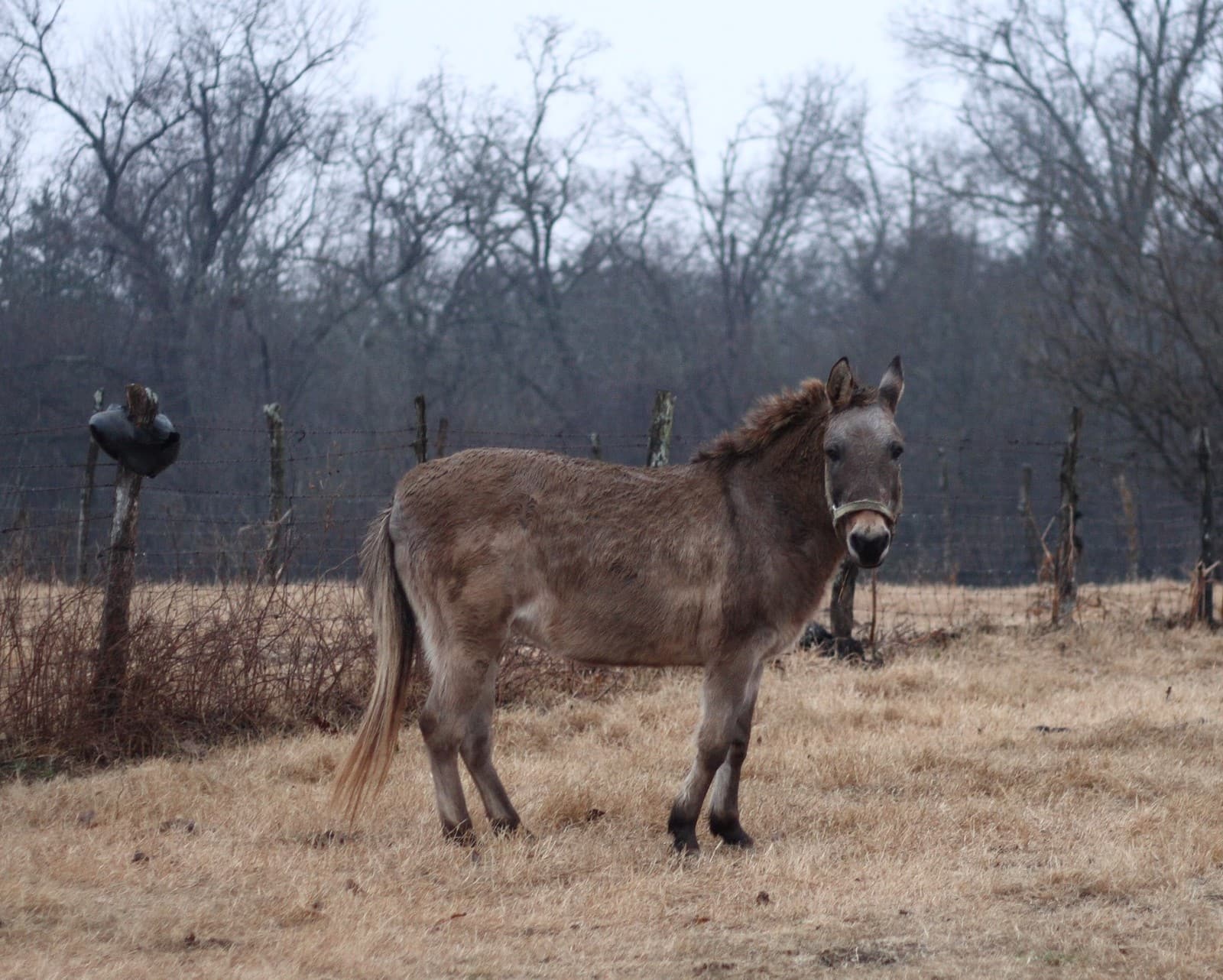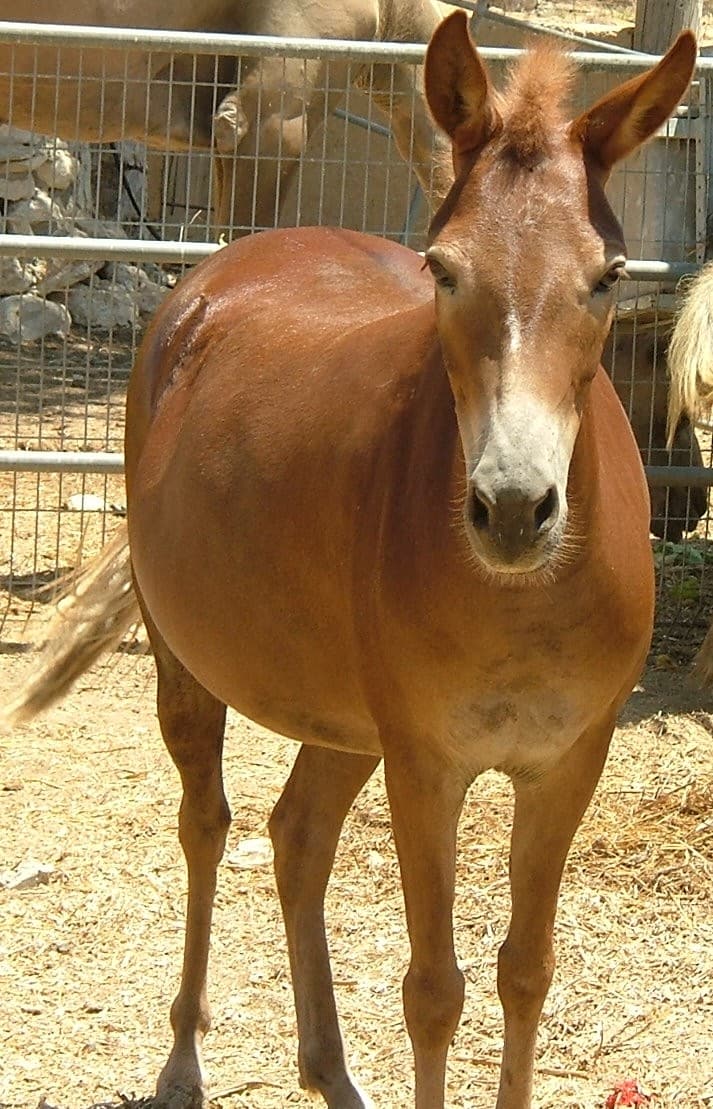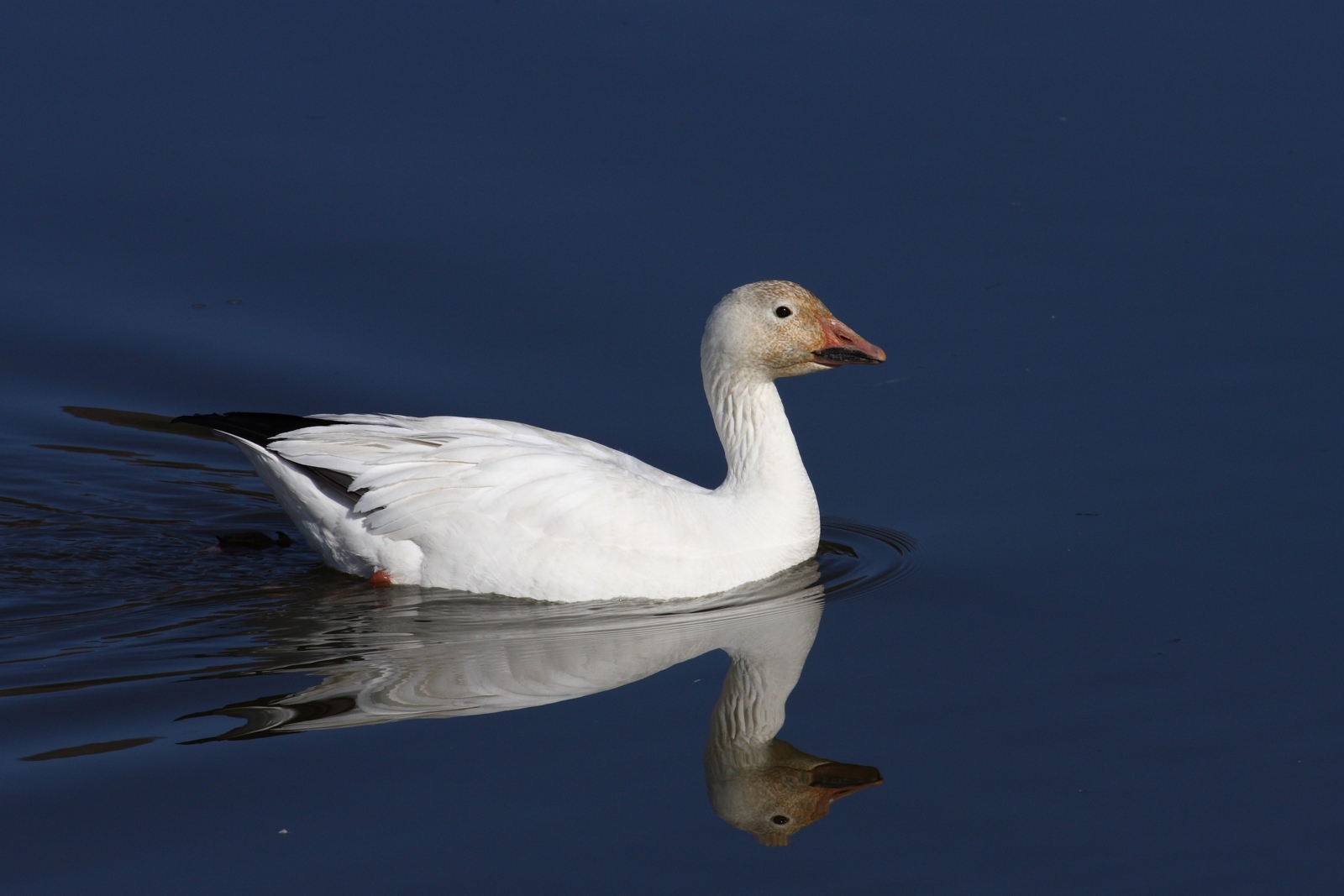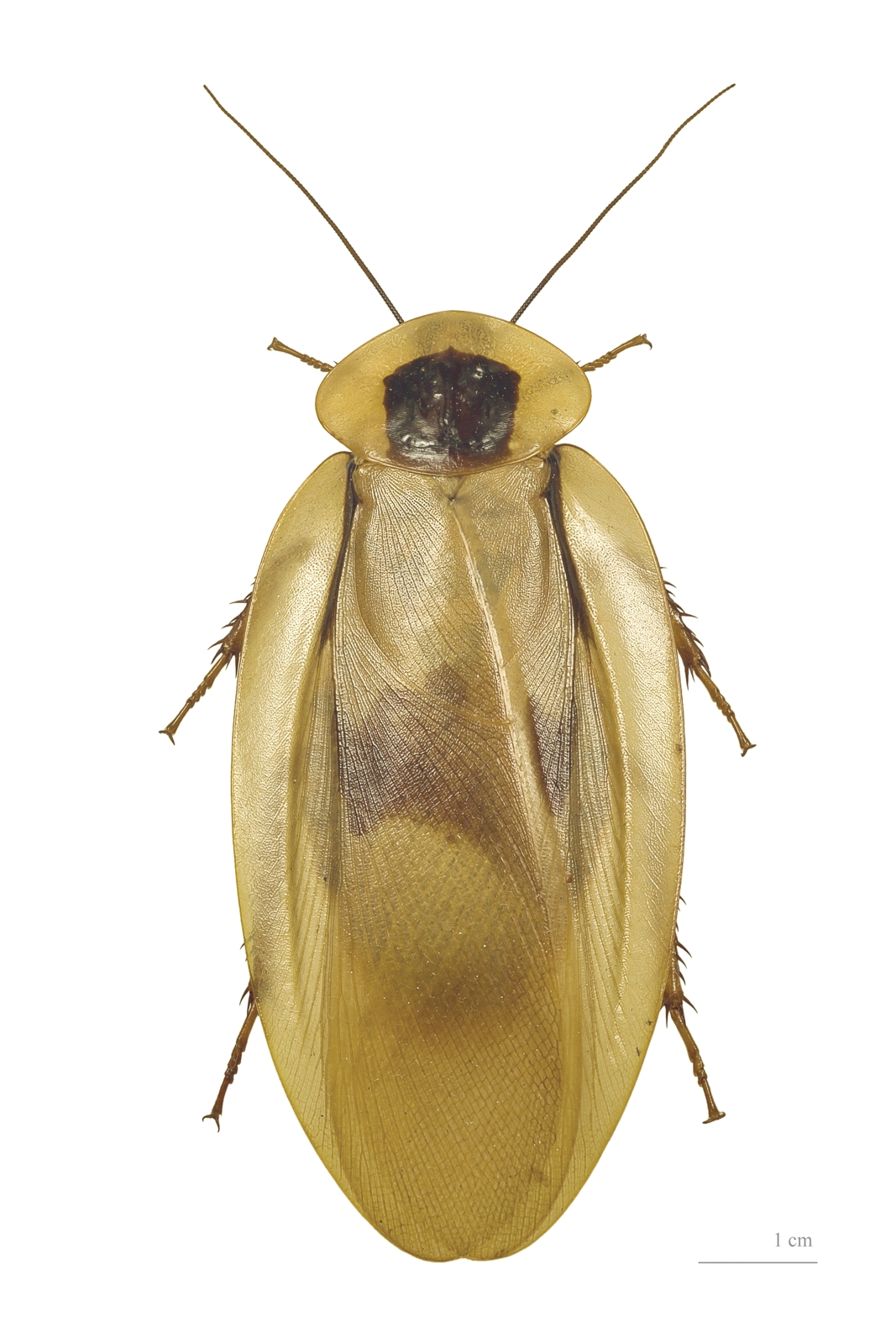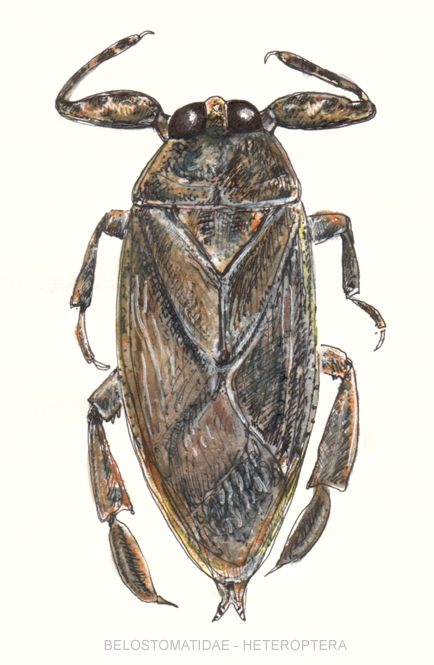Chiton vs Limpet: A Complete Comparison
While both chitons and limpets are common sights in rocky intertidal zones, these armored mollusks showcase distinct evolutionary approaches to survival. Chitons feature a unique armor of eight overlapping plates, while limpets protect themselves with a single cone-shaped shell. The average chiton measures 1-2 inches (25-50mm) in length, whereas common limpets typically reach diameters of 2-3 inches (50-75mm).
These remarkable creatures have adapted to similar coastal environments but developed different strategies for feeding and defense. Understanding the key differences between chitons and limpets reveals fascinating insights into how marine life has evolved to thrive in the challenging intertidal zone.
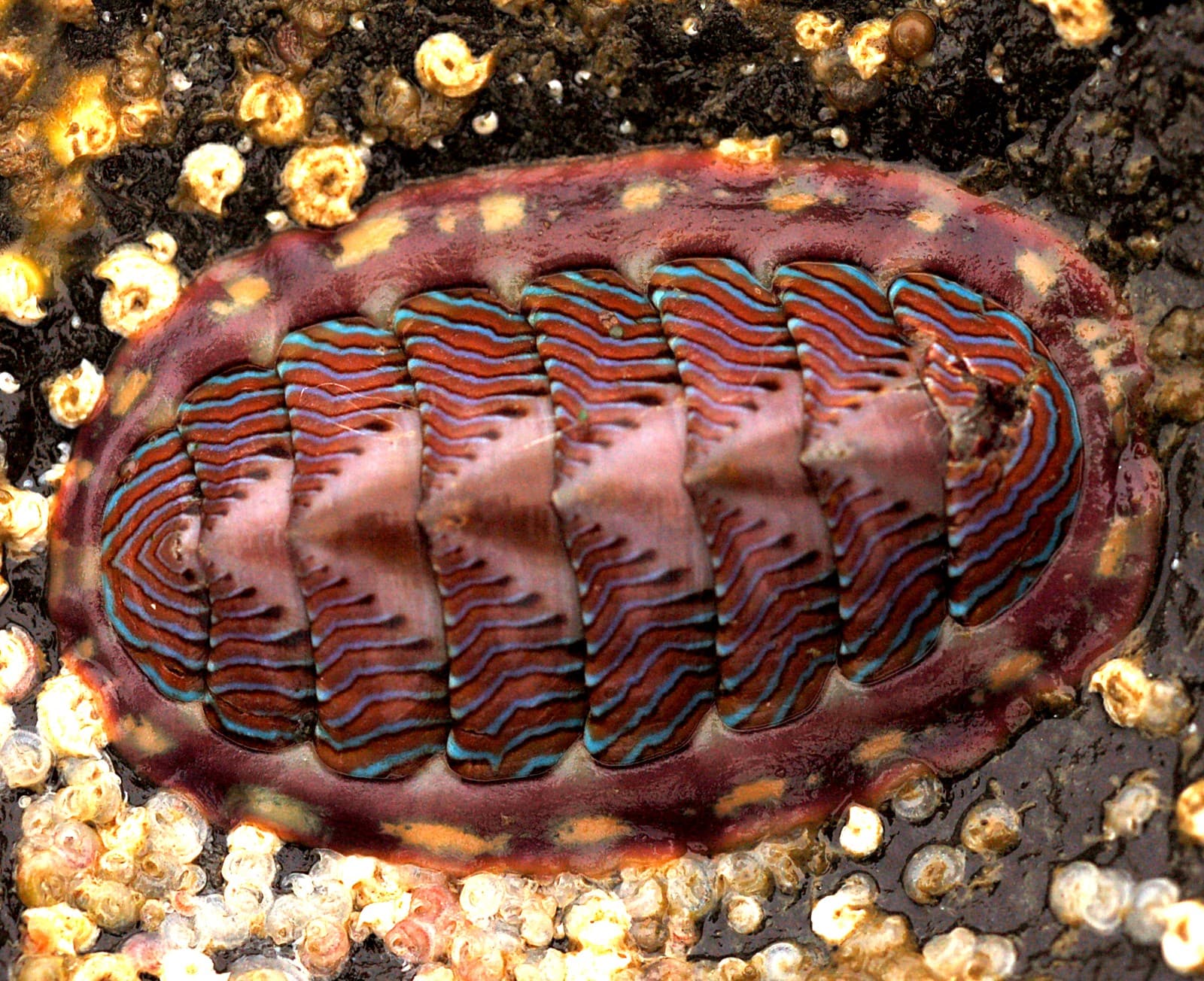
© Matt Knoth / CC BY 2.0
The chiton’s distinctive eight-plated shell structure allows for remarkable flexibility while maintaining robust protection. These ancient mollusks can conform to irregular surfaces while grazing, showcasing evolutionary engineering at its finest.
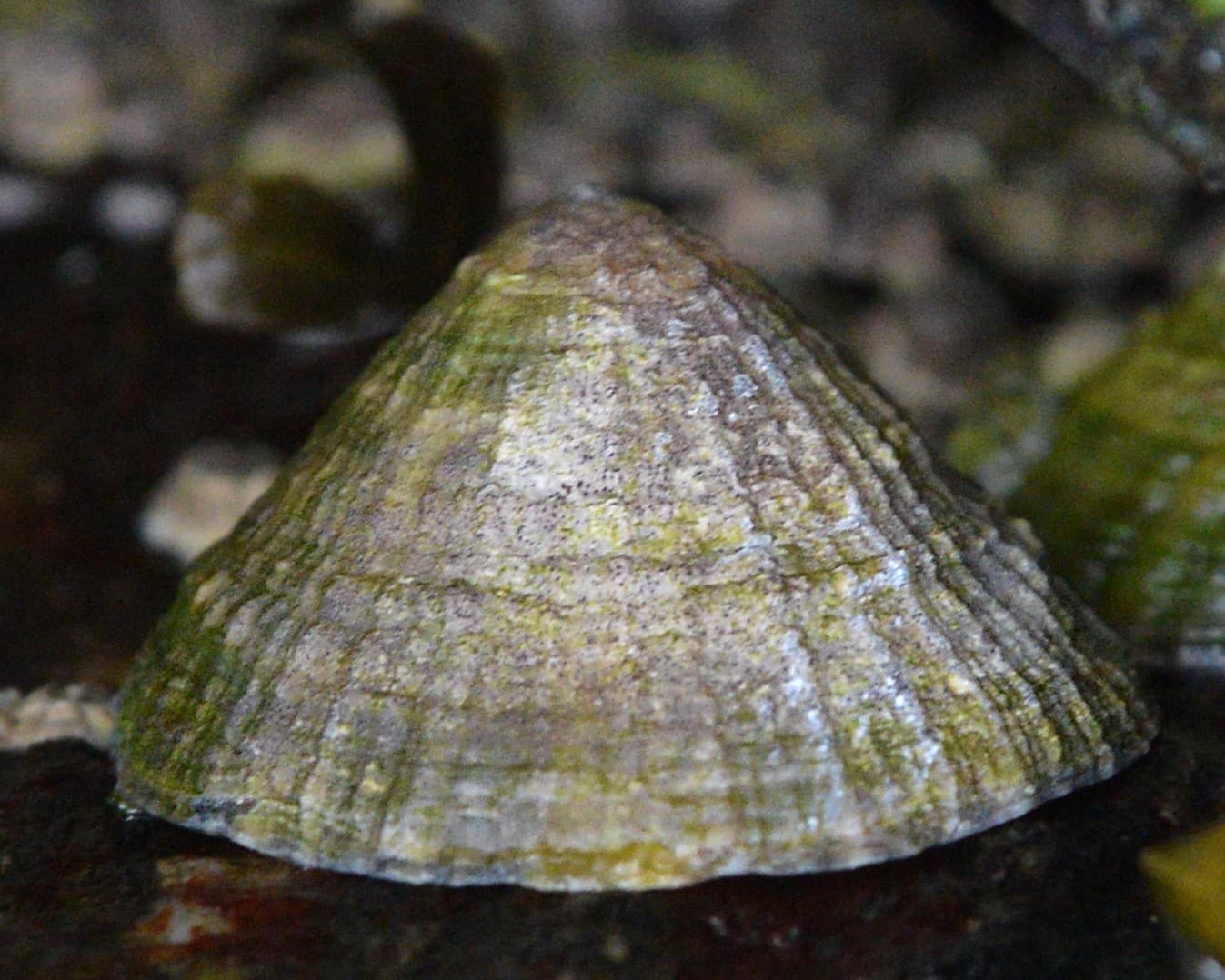
© Ryan Hodnett / CC BY-SA 4.0
The limpet’s iconic cone-shaped shell provides exceptional protection against both predators and wave action. Their remarkable ability to create incredibly strong suction has inspired numerous biomimetic engineering applications.
Key Differences Between Chitons and Limpets
| Feature | Chiton | Limpet |
|---|---|---|
| Shell Structure | Eight overlapping plates | Single cone-shaped shell |
| Size Range | 1-2 inches (25-50mm) length | 2-3 inches (50-75mm) diameter |
| Movement Capability | More flexible, can curl into ball | Limited flexibility, strong suction |
| Feeding Method | Scraping algae with radula | Grazing with specialized radula |
| Habitat Range | Intertidal to 6,000ft (1,830m) deep | Primarily intertidal zones |
| Maximum Grip Strength | 50N of force | Up to 750N of force |
Shell Structure and Adaptation
The most striking difference between chitons and limpets lies in their shell architecture. Chitons possess eight overlapping calcium carbonate plates, allowing them to flex and even roll into a protective ball when threatened. This articulated armor provides both protection and mobility, enabling chitons to navigate irregular surfaces effectively.
Limpets, conversely, have evolved a single cone-shaped shell that can withstand incredible forces. Their shell shape creates an exceptionally strong seal against rocky surfaces, with some species capable of withstanding pressures exceeding 750N of force – proportionally one of the strongest biological attachments known to science.
Feeding Habits and Behavior
Grazing Patterns
Chitons and limpets employ different strategies when feeding:
- Chitons use a broad radula to scrape algae and small organisms from rocks
- Limpets create distinctive “home scars” on rocks and return to them between feeding sessions
- Both species are primarily nocturnal grazers
- Limpets can remember and navigate back to their home location from up to 3 feet (1m) away
Predator Defense
Both creatures have evolved remarkable defensive capabilities:
- Chitons can curl their plates into a protective ball
- Limpets clamp down with extraordinary force when threatened
- Both species use camouflage to blend with their rocky surroundings
- Chitons have sensory aesthetes in their shells to detect threats
Habitat and Distribution
While both animals inhabit rocky shorelines worldwide, their specific habitat preferences differ:
- Chitons range from intertidal zones to depths of 6,000 feet (1,830m)
- Limpets primarily occupy intertidal zones
- Both prefer areas with strong wave action
- Chitons show greater depth range flexibility
Evolutionary Success
Both chitons and limpets represent highly successful evolutionary strategies, having survived relatively unchanged for hundreds of millions of years. Their different approaches to similar environmental challenges demonstrate the diverse paths that evolution can take to solve survival problems in marine environments.
Conservation Status
Neither chitons nor limpets are currently considered threatened as groups, though specific species face localized pressures from:
- Habitat destruction
- Ocean acidification
- Collection for food or decoration
- Coastal development
Understanding these remarkable creatures helps highlight the importance of preserving intertidal ecosystems and the diverse life they support.
